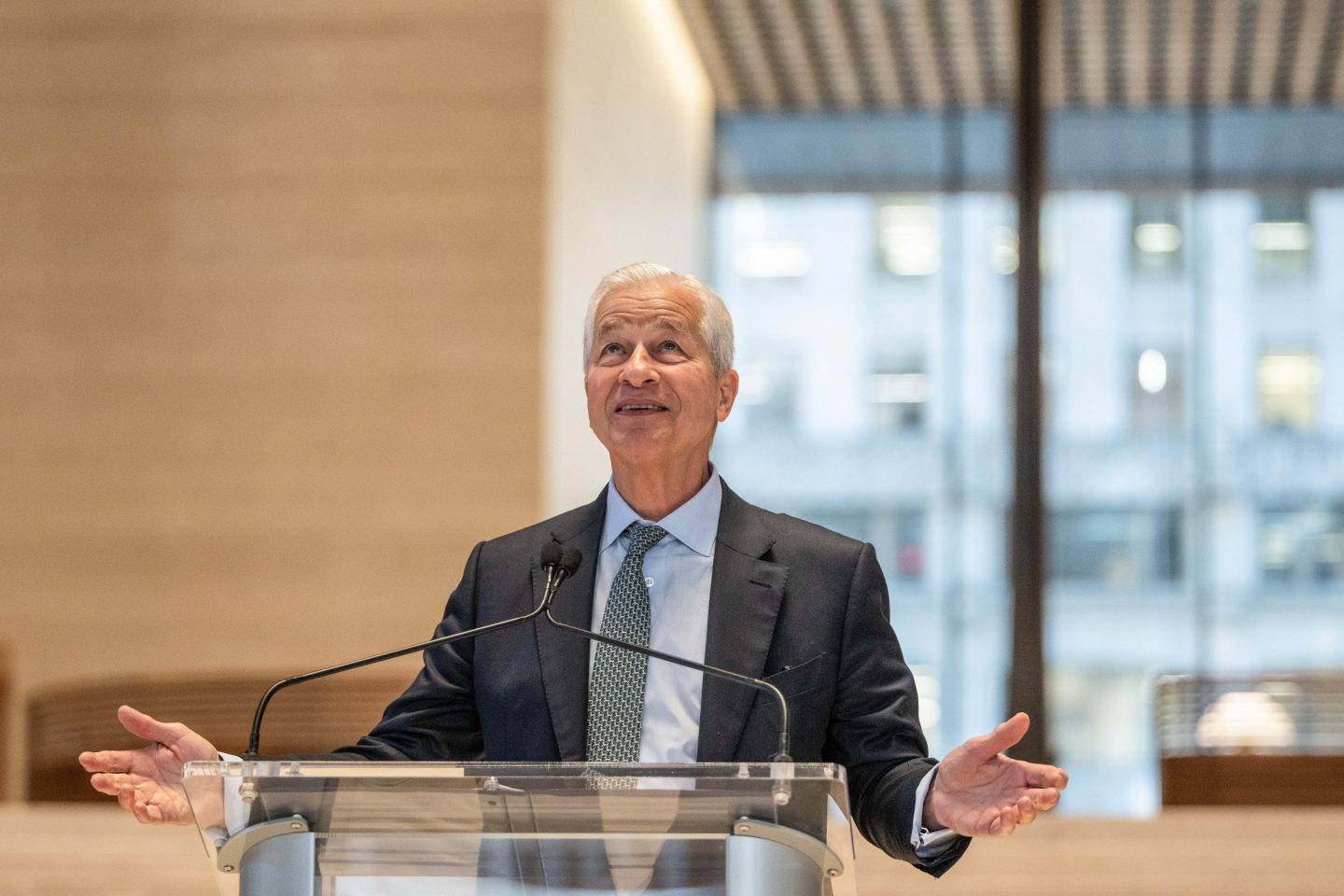Organizations are still in the very early stages of scaling AI across their workplaces. A 2025 report by McKinsey & Company found that roughly two-thirds of companies are still just experimenting with AI and have yet to implement it more widely.
The answer doesn’t lie in tech, say industry experts, but in people. To effectively integrate AI in the workplace, companies need to take a human-centric approach to its buildout, which means investing not just in tech, but also in upskilling employees.
“If you have a tool and people don’t know how to use it, it’s going to be suboptimal. To expose organizations to what AI can do, AI literacy is fundamental,” said Rowena Yeo, the CTO and VP of technology services at Johnson & Johnson, at a Nov. 13 Fortune dialogue on generative AI at work.
“There is definitely an appetite for people to learn,” said Gastón Carrión, the managing director and APAC lead of talent and organization for Accenture, which sponsored the dialogue. Yet he added that “probably what we are not seeing a lot is conscious investment of companies to go from data or AI fluency to AI adoption.”
“For every dollar that we spend on technology, we should spend three more on people, to help them to transition into the future,” Carrión said.
According to an Accenture survey, around 85% of companies are in the “experimenting” or “progressing” stage, which Carrión characterized as just applying AI to small use-cases. Just 8% of companies can be considered front-runnes: Carrión described these firms as those “looking at doing the application of AI end-to-end, and looking not just at [the] reinvention of work, but [the] reshaping of the workforce.”
Johnson & Johnson rolled out an AI fundamental course which has been completed by roughly 89,000 global employees, Yeo said, while providing other master classes catering to different personas in the organization.
The company has also found domain-specific uses for the tech, as in drug discovery. The firm—whose innovative medicine arm is expected to generate over $57 billion in sales in 2025—uses AI to identify novel drug targets and design better molecules, Yeo said.
Companies can also look to AI to enhance productivity in back-end processes, experts said.
Retail bank Standard Chartered, for example, now allows supervisors to tap generative AI to craft year-end performance reviews.
Piloting the tech from within the organization helped to create a safe sandbox for experimentation, said Will Brown, the head of human resources at Standard Chartered. It also served as a litmus test to gauge how employees feel about AI adoption in the company.
“It created a dialogue where people were openly having conversations on how they felt about their bosses writing performance summaries with the support of generative AI,” Brown said.
The bank has also rolled out an AI-driven talent marketplace, where workers can upload the skills they possess and wish to learn, while managers can post open calls for projects requiring workers with specific skill sets.
This creates a “gig-based economy” within the organization, Brown said, enabling skills to flow more quickly across it.
Thoughtful AI rollout is crucial
After experimenting with different use cases for AI, companies should home in on a few and scale up use. After “sprouting a thousand flowers across the organization,” Yeo said that J&J found that only 15% of AI use cases were driving 90% of its value.
Yet academics like Connie Zheng, an associate professor at the University of South Australia, have likewise cautioned against the indiscriminate rollout of AI across entire organizations.
Managers need to first evaluate AI’s utility. If not rolled out prudently, it could increase “techno-stress” and deteriorate employee well-being. Year-end performance reviews, for example, should be left primarily to humans, Zheng argued, adding that employees, especially Gen Zs, love feedback from managers.
To reward and promote workers, supervisors need to be genuine and conversational—“and I don’t think AI can do that,” she added.











